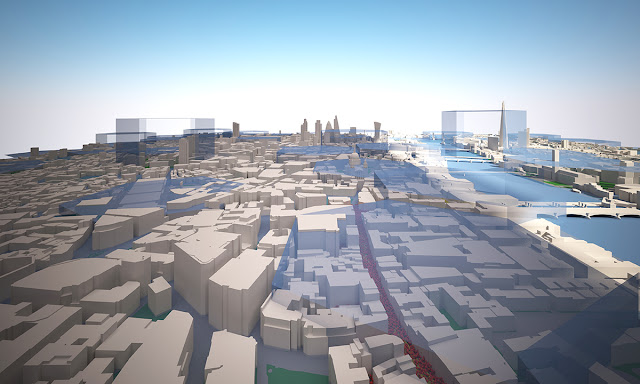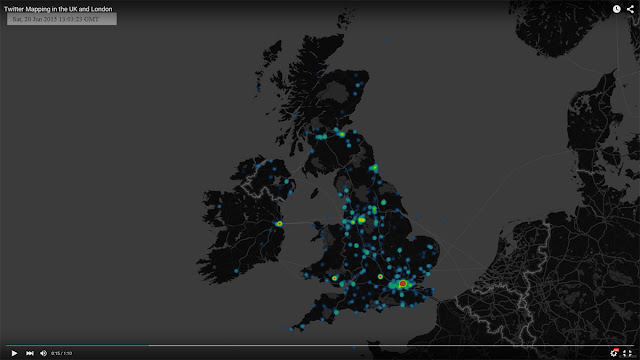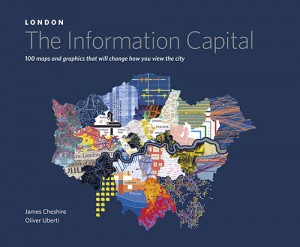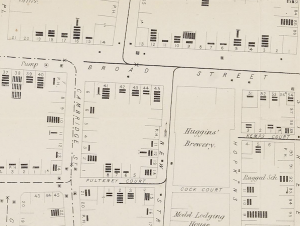Mapping the Global Urban Transformation
One of the best datasets for understanding the explosive growth of cities across the world in the last 75 years in the UN World Urbanisation Prospects research, which records individual city populations from 1950 to 2014, and includes predicted populations up to 2030. I have been meaning to create an interactive map of this fascinating data for…![]()





























